People and planet
Who and what we're here for
With our feet on the ground and our eyes on the future, UNDP partners with countries to navigate complexity and uncover opportunities to rise, thrive and transform.
Since 2022, UNDP with its partners has delivered tangible results: 160 million people accessed essential services; up to 177 million benefited from sustainable energy solutions; over 816 million registered voters participated in elections; and $867 billion in public and private investments were mobilized for the SDGs.
We supported 132 countries to address the real challenges that people living in poverty face. In 60 fragile countries, we helped to safeguard livelihoods, strengthen resilience, and enable people to return safely home.[1]
This annual report highlights the real-world impact of these opportunities, shaped by the ambitions of UNDP’s four-year Strategic Plan (2022–2025), which guides all that we do. The Plan’s mission is to expand people’s choices for a fairer, sustainable future with planet and people in balance.
[1] Based on the definition in the UNDP Crisis Offer.
Integrating human development and low-carbon pathways could lift over 175 million people out of poverty by 2050[2]

Prosperity
changes the world.
 Poverty Moonshot
Poverty Moonshot
Goal for 2022–2025:
100 million people leave multidimensional poverty
Where we are in 2024:
Since 2022, UNDP has directly supported 132 countries
to help people escape multidimensional poverty*
- 160 million people gained access to essential services, including health care, education and clean water
- 122 countries improved jobs and livelihoods
- 62 countries enhanced social protection systems
- 90 countries strengthened health services
- 106 countries received assistance in supporting small businesses
- 52 countries advanced financial inclusion initiatives
*Data refer to the period from 2022 to 2024.
IT TAKES A TEAM
Through a partnership with the Global Fund to Fight AIDS, Tuberculosis and Malaria, UNDP has contributed to a 75% reduction in HIV infections in Zimbabwe. The initiative has also quadrupled storage capacities for medical supplies, and provided reliable solar power to 65% of health facilities.Photo: UNDP Zimbabwe / Joyous A.L. Begisen
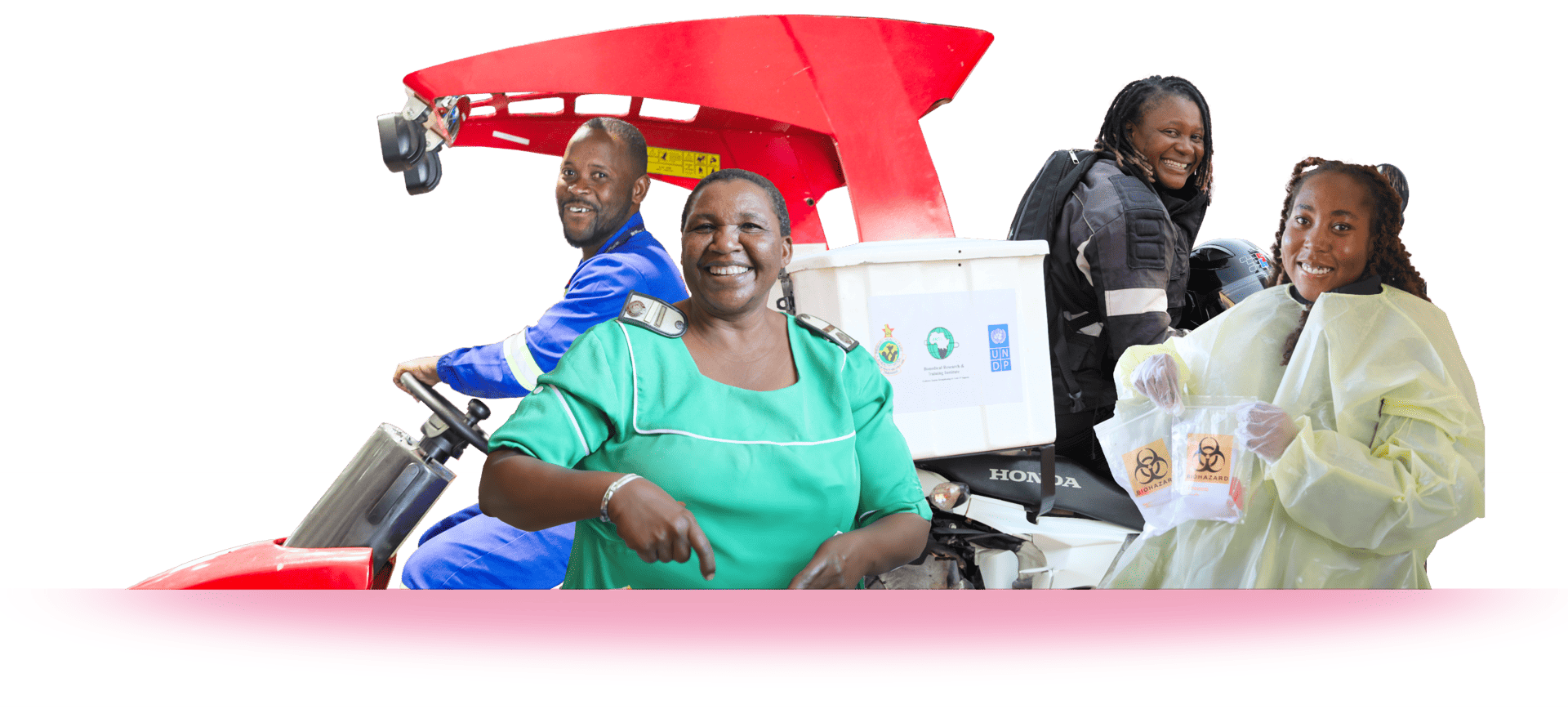
Investing in people, societies and economies
Disruptions and uncertainty have brought progress on global poverty reduction to a near standstill, with 1.1 billion people still living in poverty. Economic strains and limited fiscal space have constrained investment in sustainable development, with developing countries spending a record $1.4 trillion to service their foreign debt in 2023. Within societies, polarization grows, driven by dis/misinformation, which in 2024 was ranked as the top short-term global risk for the first time.
Together with its partners, UNDP helps countries transform these disruptions into development opportunities, advancing their ambitions towards a fairer and more sustainable future.
In 2024, UNDP supported countries in the following areas.[3]
 Governance Moonshot
Governance Moonshot
Goal for 2022–2025:
800 million registered voters supported to participate in
elections
Where we are in 2024:
816.2 million registered voters supported across 57
elections in 43 countries*
UNDP supported election participation by:
- 2022: 110.7 million registered voters (14 elections)
- 2023: 328.4 million registered voters (22 elections)
- 2024: 377.1 million registered voters (23 elections)
*Data refer to the period from 2022 to 2024.
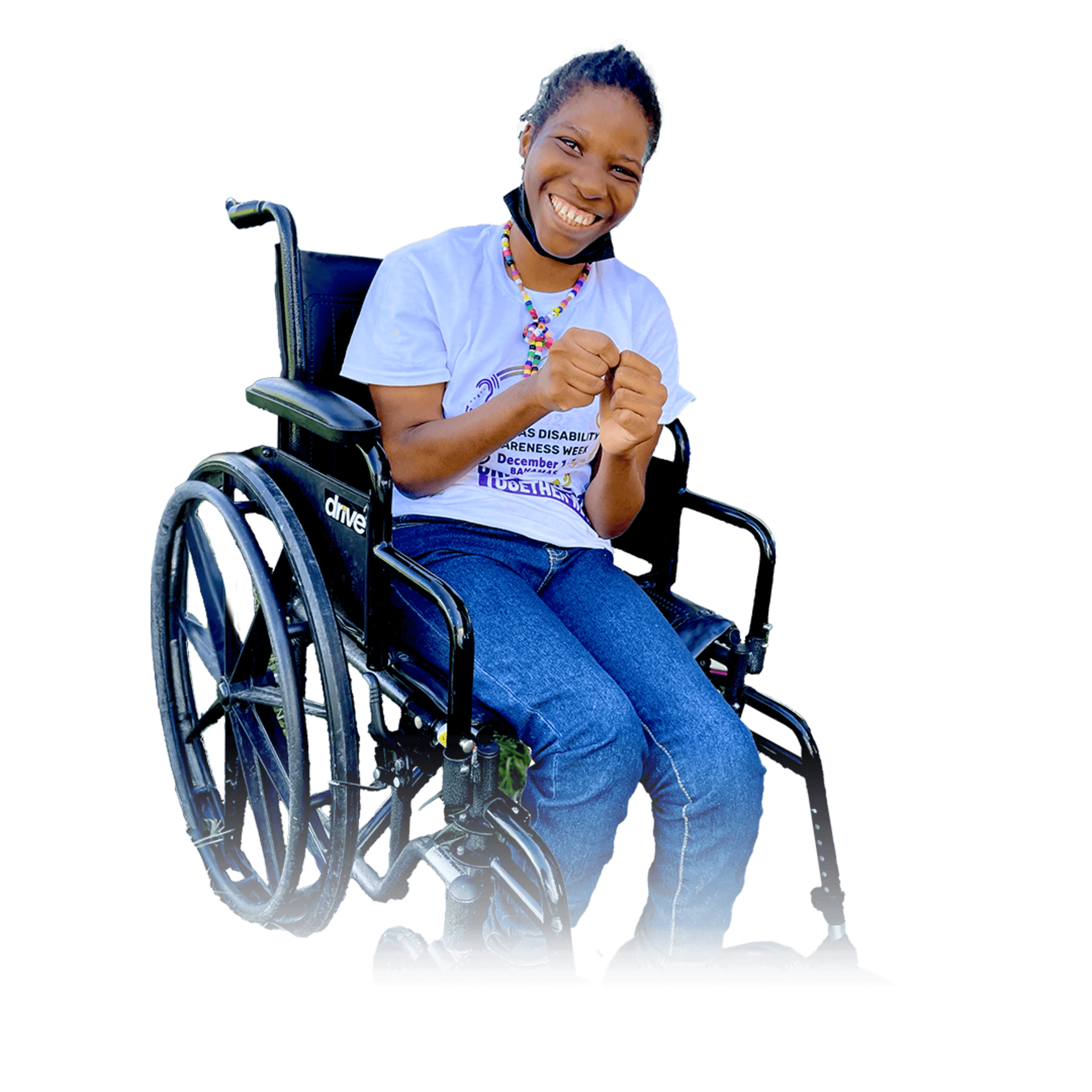
MORE THAN A MOBILE APP
Digitalization plays a crucial role in advancing human capabilities and aspirations. Supported by UNDP,
the AccessAbility mobile app provides people with disabilities in the Bahamas with previously inaccessible
information and services. These include job opportunities, disaster response and rescue services and an
upcoming accessible vehicle booking feature. By analysing user trends and data, decision makers can make
more informed choices to improve the lives of the underserved. Over 2,000 people have already signed up
for the app.
Photo: UNDP / MCO Jamaica.

MAKING EVERY VOICE COUNT
Alima is a social activist and podcaster who has teamed up with UNDP to help young women in Mozambique recognize the importance of their vote. Women there account for 53% of the electorate, but voter turnout among women remains low. To address this, UNDP worked with the electoral management body, the National Electoral Commission and UN Women to create countrywide communications campaigns. Photo: UNDP / Cynthia Matonhodze
Supporting the SDGs through UNDP’s Poverty Moonshot and Governance Moonshot


















UNDP helped Nepal expand legal services to all 77 districts, provide legal services to over 250,000 people and finalize legislation on legal aid
Healthy
planet, healthy future.
 Energy Moonshot
Energy Moonshot
Goal for 2022–2025:
500 million more people with clean energy
Where we are in 2024:
Up to
177 million beneficiaries
(direct and indirect)*
Since 2022, UNDP has provided direct support to 128 countries
- 50.7M people with access to renewable energy
- 26.1M people making productive use of energy (health, water, agriculture, infrastructure, transport)
- 100M indirect beneficiaries (through policy and regulatory frameworks, market development and capacity-building)
- 383 energy-related projects
COFFEE WITH BENEFITS
In partnership with Lavazza, UNDP is supporting Ecuadorian farmers near the Amazon rainforest in producing the world’s first certified deforestation-free coffee. The initiative is backed by the Green Climate Fund and UN-REDD and is part of Ecuador’s PROAmazonía programme, which aims to restore over 15,000 hectares of land. The project benefits 70,000 local farmers, 40% of whom are women, by offering higher prices for sustainable coffee, which Lavazza will launch internationally. Photo: UNDP Ecuador
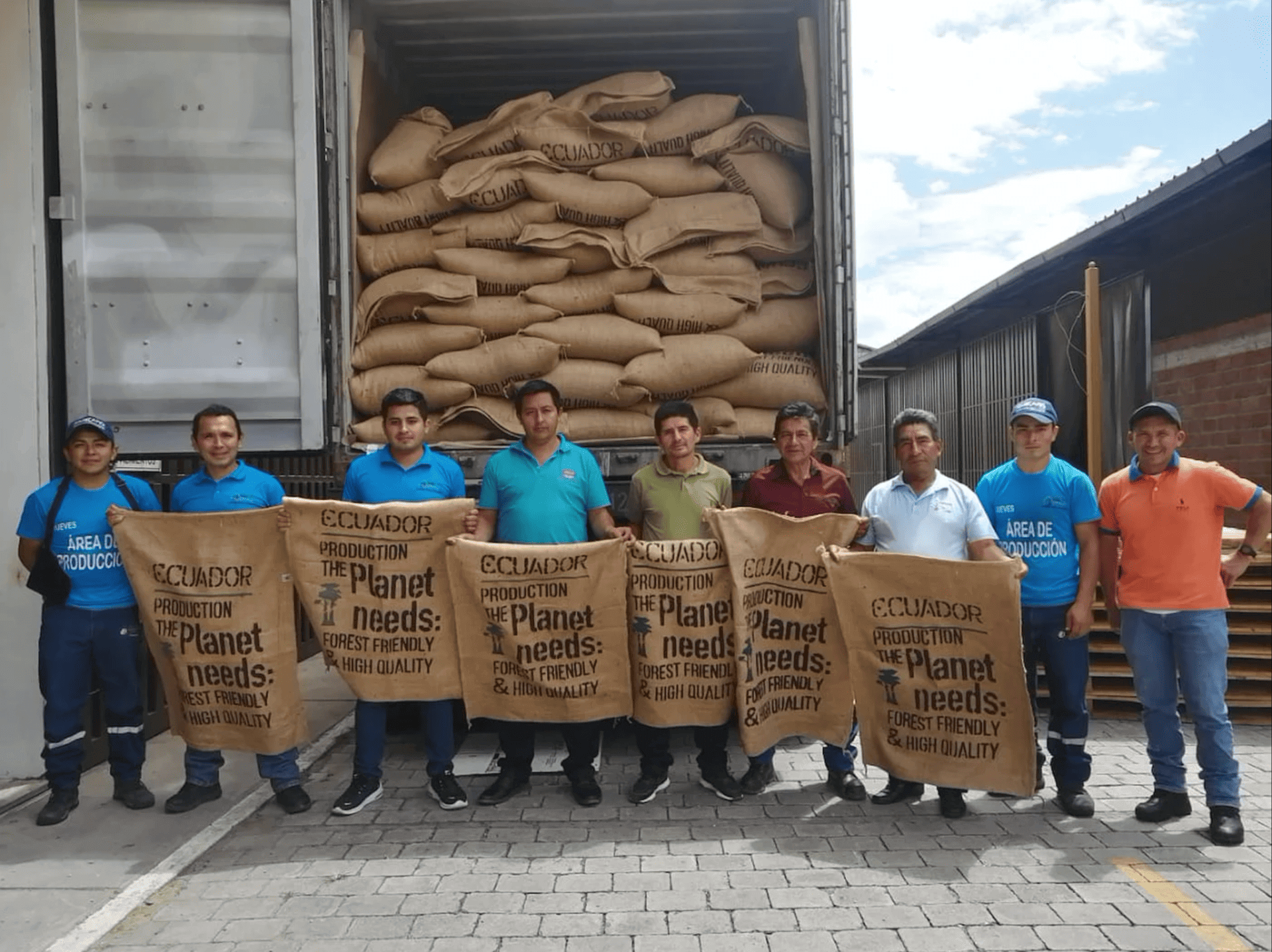
Photo: UNDP Ecuador
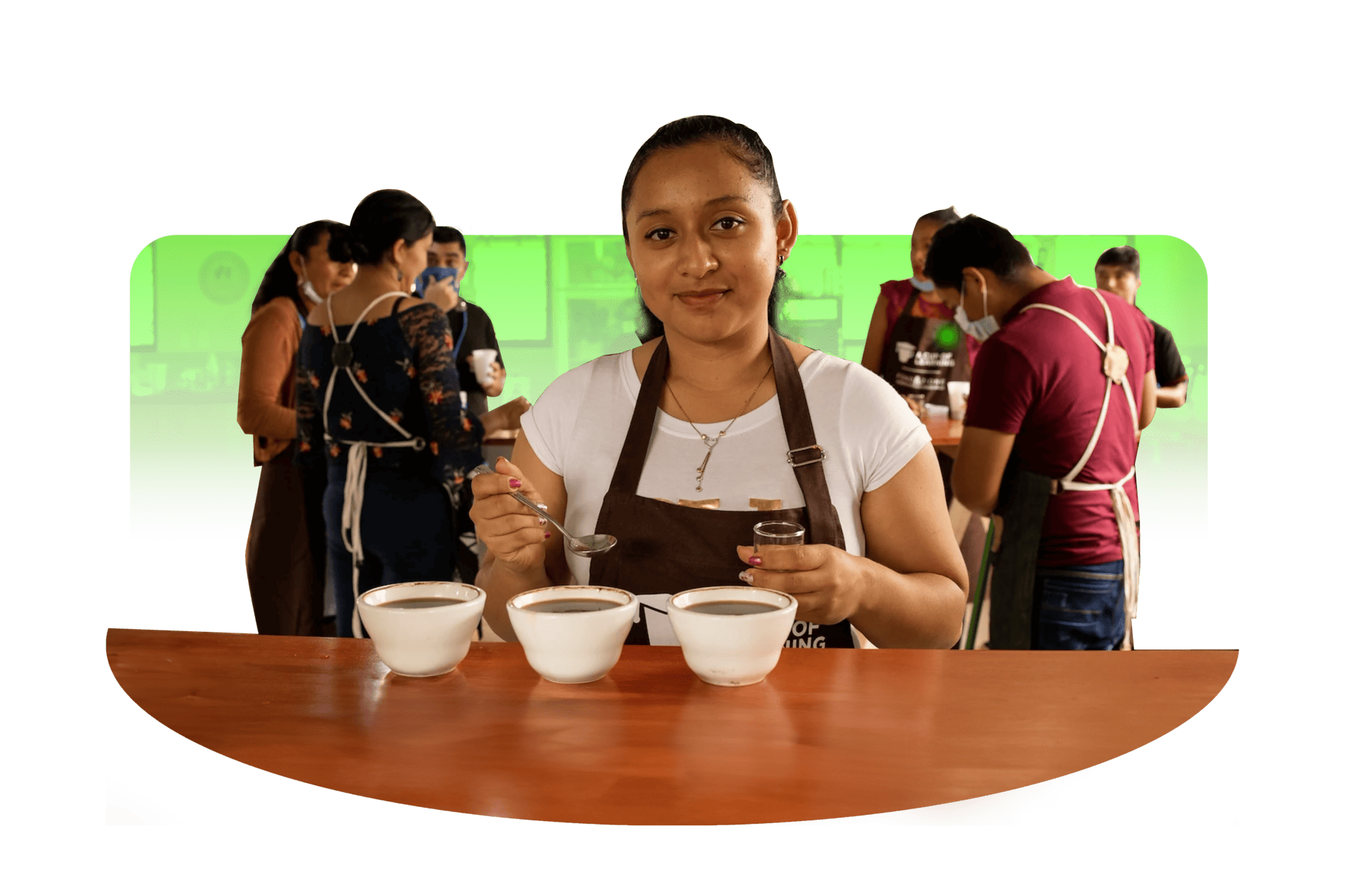
Investing in climate, energy and the environment
2024, the hottest year on record, offered no respite from the global climate emergency and natural disasters. At the same time, the annual climate finance gap—estimated at $2.7 trillion by 2030 — significantly limits the capacity of countries and communities, especially the most vulnerable, to invest in climate action and adapt to the devastating impacts of climate change.
UNDP supports countries in aligning climate action with biodiversity conservation and the SDGs, maximizing development outcomes for people and the planet.
In 2024, UNDP supported countries in the following areas.[5]
SDGs supported through UNDP’s Energy Moonshot









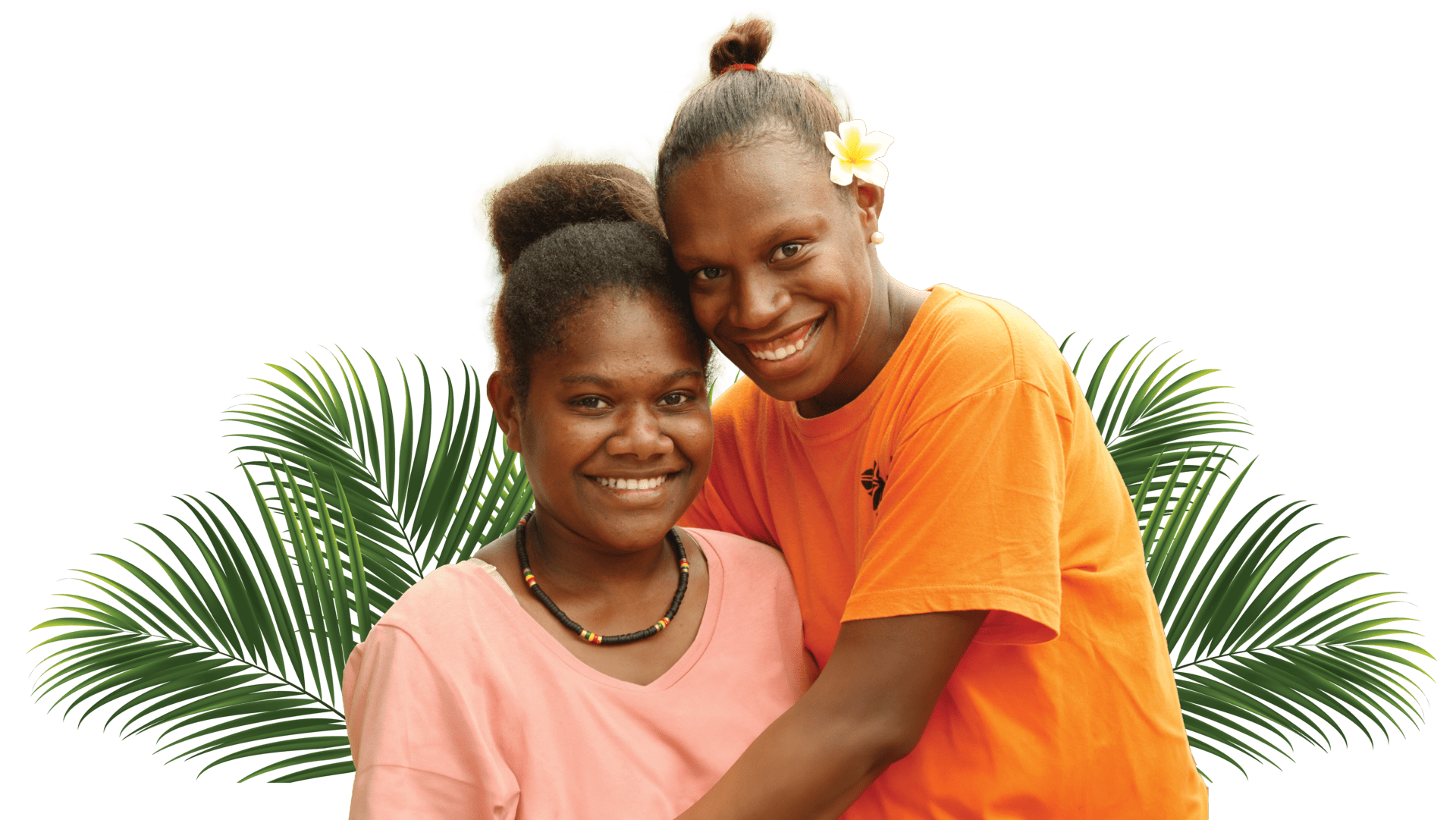
BOOSTING PROSPERITY THROUGH RENEWABLE ENERGY
In Vanuatu, whose population of 300,000 is spread across 83 islands in the Pacific, 30% of households still lack access to electricity. UNDP support for hybrid solar and hydropower minigrids in Loltong is transforming livelihoods by providing reliable power for households, schools, clinics and businesses such as fisheries. Initiatives like these promote sustainable development, economic growth and climate action while empowering local communities to manage and maintain energy systems. Photo: Ildiko Hamos / UNDP in the Pacific
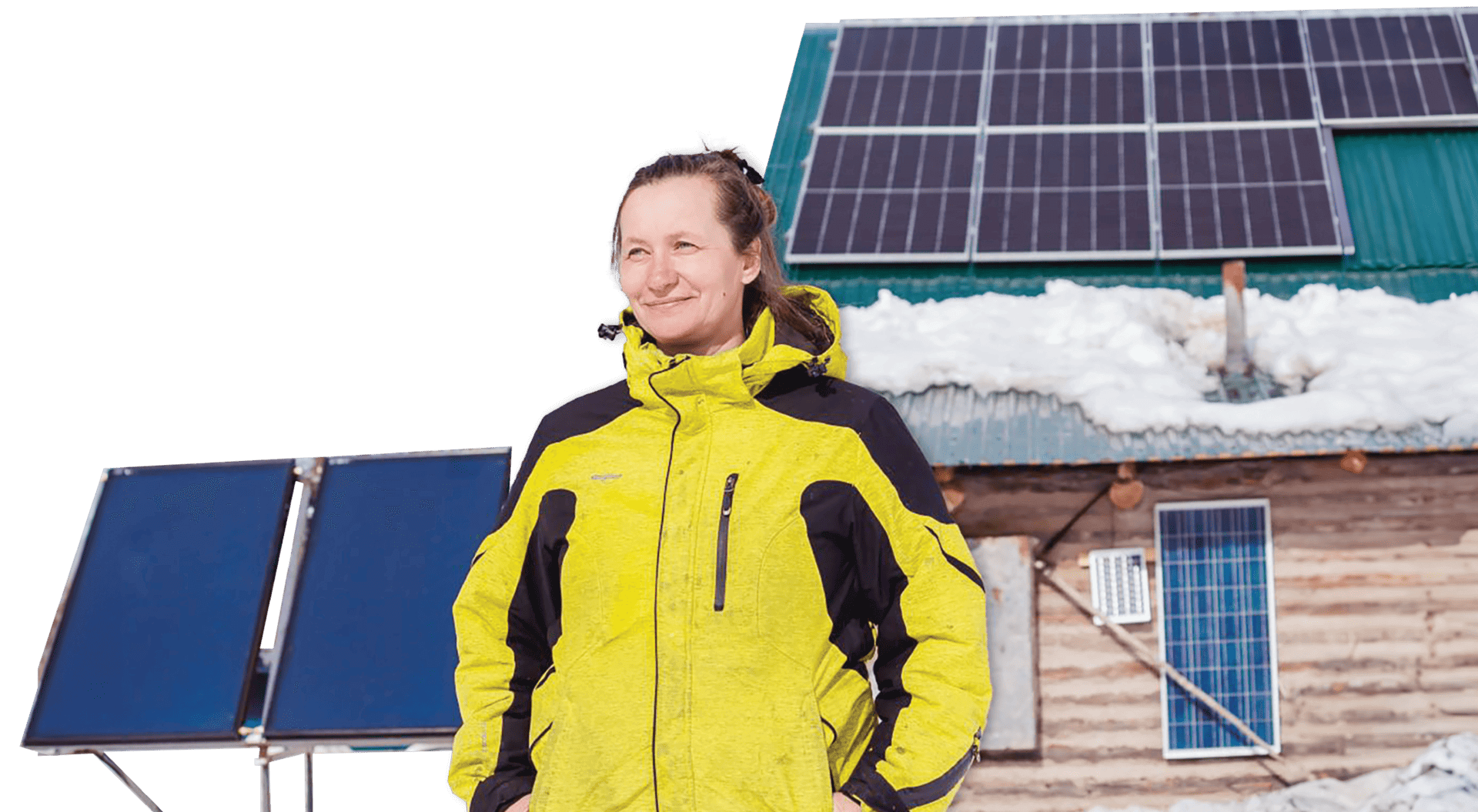
EARLY WARNING SYSTEMS: SMARTER AND VASTER
Climate change is causing more extreme weather events in Central Asia, including landslides, floods, droughts and food insecurity. Early warning systems are crucial for saving lives and reducing economic losses. UNDP is enhancing resilience in the region by delivering technical knowledge and resources to implement large-scale early warning systems in Kazakhstan, Kyrgyzstan, Tajikistan and Uzbekistan. Through a combination of initiatives, these efforts aim to improve preparedness, safeguard livelihoods and build resilience to climate-induced hazards. Photo: UNDP Kazakhstan
What do people want on climate? Action now
In 2024, UNDP partnered with Oxford University to conduct the Peoples’ Climate Vote. Covering 77 countries and 87% of the world’s population, it was the largest public opinion survey on climate change ever undertaken.
What did we learn?
Mobilizing finance: Investing in our future
UNDP is the largest implementing partner of two major multilateral funds for nature and climate — the Global Environment Facility and the Green Climate Fund. UNDP has channelled over $10 billion from the funds to support countries, with an additional $39 billion expected in co-financing.
Between 2017 and 2024, through the Global Environment Facility Small Grants Programme, over $800 million has financed nearly 30,000 microprojects, including over 2,630 women-led projects. These projects provide environmental protection and better livelihoods, primarily for local and indigenous communities.
Working with the European Union and other partners, UNDP has transformed biodiversity financing. Since 2012, the BIOFIN initiative has grown into a $200-million programme supported by 10 donors and spanning 133 countries. It has mobilized $1.6 billion for new biodiversity financing while helping to reform or redesign subsidies worth $1 billion that were previously harmful to nature.
Resilient
in every way.
Investing in resilience advances development
Violent conflicts and disasters continue to increase in frequency and impact, claiming lives and jeopardizing development gains.
UNDP is on the ground before, during and after crises. Through our presence in 170 countries and territories, we help prevent crises, respond swiftly to them and support long-term recovery, bridging humanitarian aid, peacebuilding and development assistance.
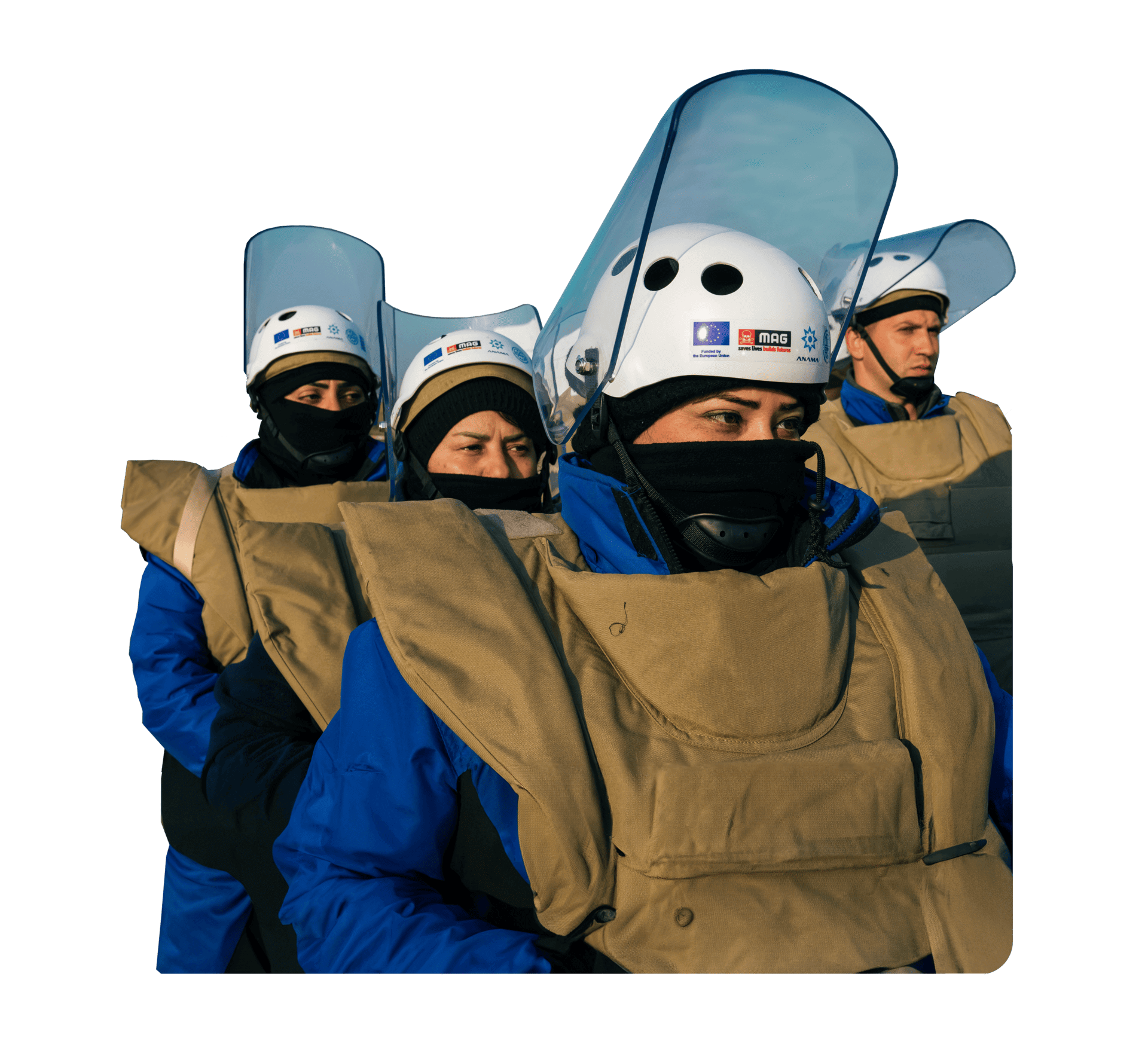
In 2024, about 50% of our expenditure was directed to fragile contexts. We and our partners helped countries and communities to [7]:
- Prevent and mitigate crisis risks: UNDP’s Risk Anticipation Hub provides data and analysis in over 30 countries to inform fast, effective decision-making on preventive actions to mitigate crisis risks. In Benin, Côte d’Ivoire, Ghana and Togo, we partnered with national authorities and local actors to establish 38 early warning and response mechanisms to address the root causes of violent extremism. During the transition in Haiti, UNDP has remained a key partner to the National Police and the Provisional Electoral Council, strengthening security in preparation for safe and inclusive elections. We also support countries in mitigating disaster risks through our $800 million portfolio supporting climate information and early warning systems. Through the Systemic Observations Financing Facility, co-founded with UN partners, UNDP is supporting 60 countries in improving data on weather and climate. We are a leading partner in the Early Warning for All initiative, launched by the UN Secretary-General to ensure that everyone on Earth is protected from hazardous weather events by early warning systems by 2027. UNDP has mobilized an initial $1.3 million from the Green Climate Fund and will leverage an additional $157 million for seven developing countries.
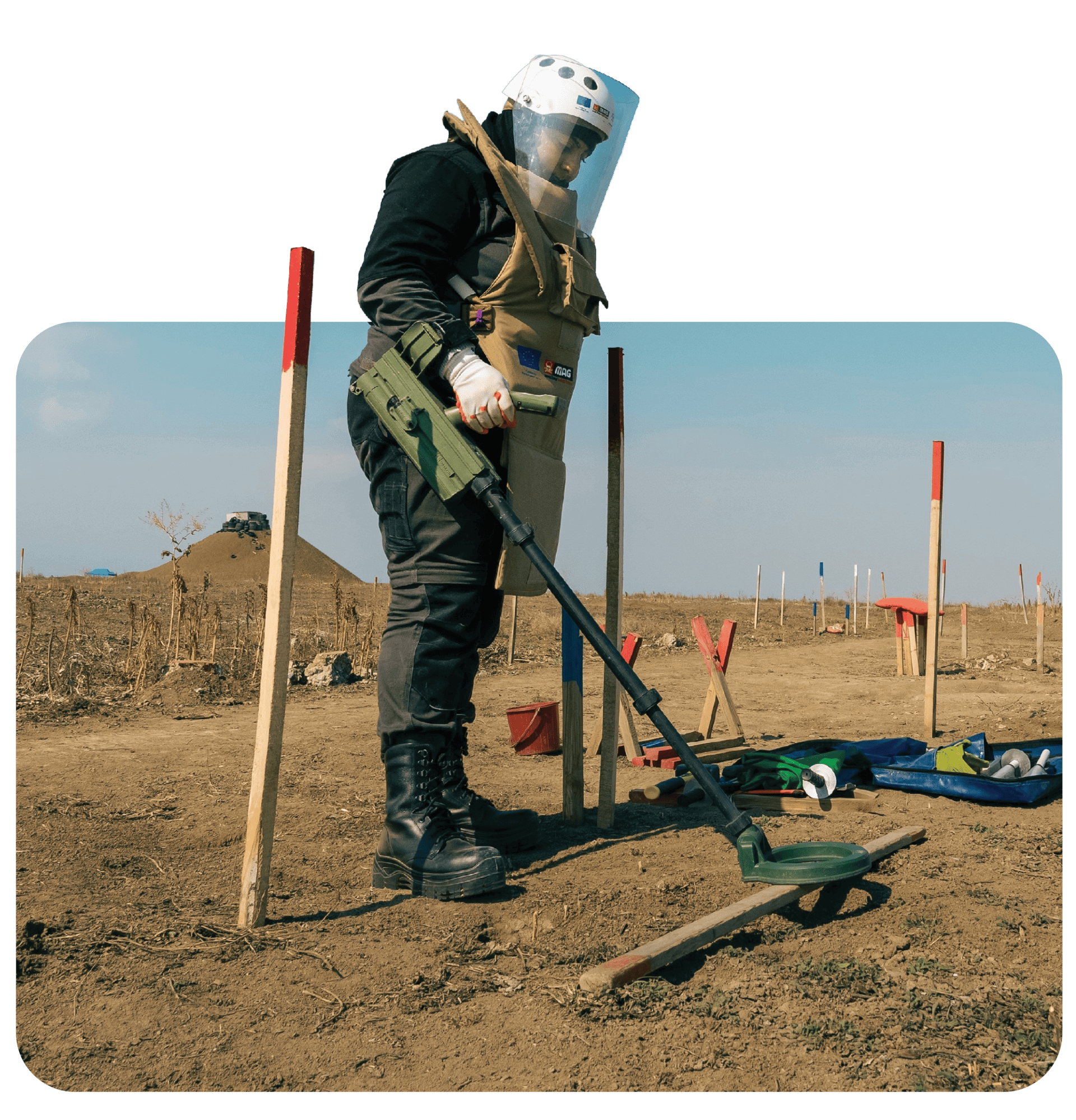
RECRUITING WOMEN IS KEY TO MINE ACTION
Clearing land of mines and explosive ordnance allows displaced people to return to their homes and farms and rebuild their daily lives while also enabling countries to plan and progress. In Azerbaijan, women are clearing contaminated land for the first time after completing a UNDP-backed training programme. Involving women provides them with livelihoods and a voice in how the work is carried out. Photo: UNDP Azerbaijan
UNDP “stays and delivers” to advance women’s empowerment
In 2024, 70% of UNDP’s resources in fragile contexts were allocated to initiatives with gender equality as a principle or significant objective. For example:
- We partnered with women-led and other civil society organizations in Gaza to deliver gender-responsive emergency legal aid to 5,000 people.
- The UNDP and UN Women Gender Justice Platform, operating in 37 countries, extended access to justice for women survivors of conflict-related sexual violence in Colombia, Ethiopia, South Sudan and Ukraine.
- In Syria, UNDP provided job support to over 15,000 women, strengthened 22 women-led organizations and established five Women Safe Centres for nearly 19,000 women and girls.
Development helps communities and ex-combatants to return home and find sustainable solutions
Between 2022 and 2024,19.2 million people benefited from UNDP’s work on forced displacement.
As a member of the UN Steering Group on Solutions to Internal Displacement, UNDP collaborates with 15 countries to find lasting solutions so that people can return to their homes or sustainably integrate into host communities or other locations within their countries. Governments of the Central African Republic, Colombia, Ethiopia, Iraq, Mozambique, Nigeria and Somalia have collectively committed to advancing the human development of 11 million internally displaced persons, host community members and returnees.
UNDP also supports disarmament and reintegration strategies. In Ethiopia, UNDP is working with regional authorities, UN partners and civil society to assist the National Rehabilitation Commission to demobilize and reintegrate 372,000 ex-combatants over the next two years. The programme offers psychosocial support, civic education and small grants to support community reintegration while also providing prosthetics for former combatants with disabilities. In early 2025, the programme expanded from one to four regions.

REBUILDING LIVES AFTER CONFLICT
A cornerstone of UNDP’s efforts is its 60-year partnership with the UN Refugee Agency, UNHCR. This work, in collaboration with other partners, has included supporting governments hosting Syrian refugees, leading to over 500,000 jobs for refugees and host community members. Photo: UNDP Lebanon
RESOLVING FORCED DISPLACEMENT
With UNDP support, governments in the Lake Chad Basin have improved security, work and living conditions, enabling 435,000 displaced persons to return home. This is one of over 100 similar projects across nearly 50 UNDP country offices. Photo: dpa/Alamy Live News
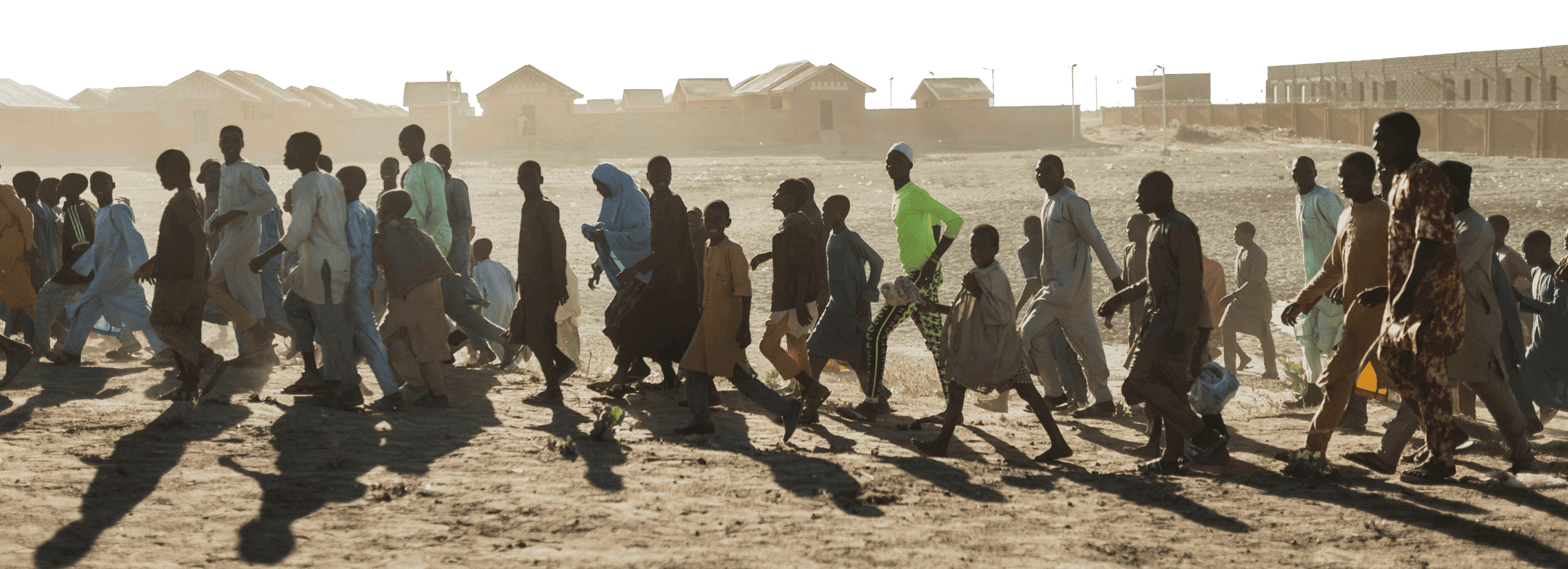
Digital
in action.
Investing in digital technologies could impact 70% of SDG targets
Digitalization and AI can both accelerate and disrupt development. Vibrant technology innovations are emerging in developing countries. At the same time, while AI may generate an estimated $15.7 trillion in economic gains between now and 2030[8], these benefits will mainly be in developed countries and China. Only about 10% of the gains will reach countries of the Global South, threatening to exacerbate existing inequalities.
To make digital transformation an empowering force for people and the planet, UNDP helps countries create a safe digital future for all.
Read moreNumber of people now online:
5.5 billion

LEADING THE WAY ON RESPONSIBLE AI
UNDP and partners are working to close digital divides and advance international development goals by prioritizing developing countries and emerging economies in a global collective effort to leverage AI for sustainable development.
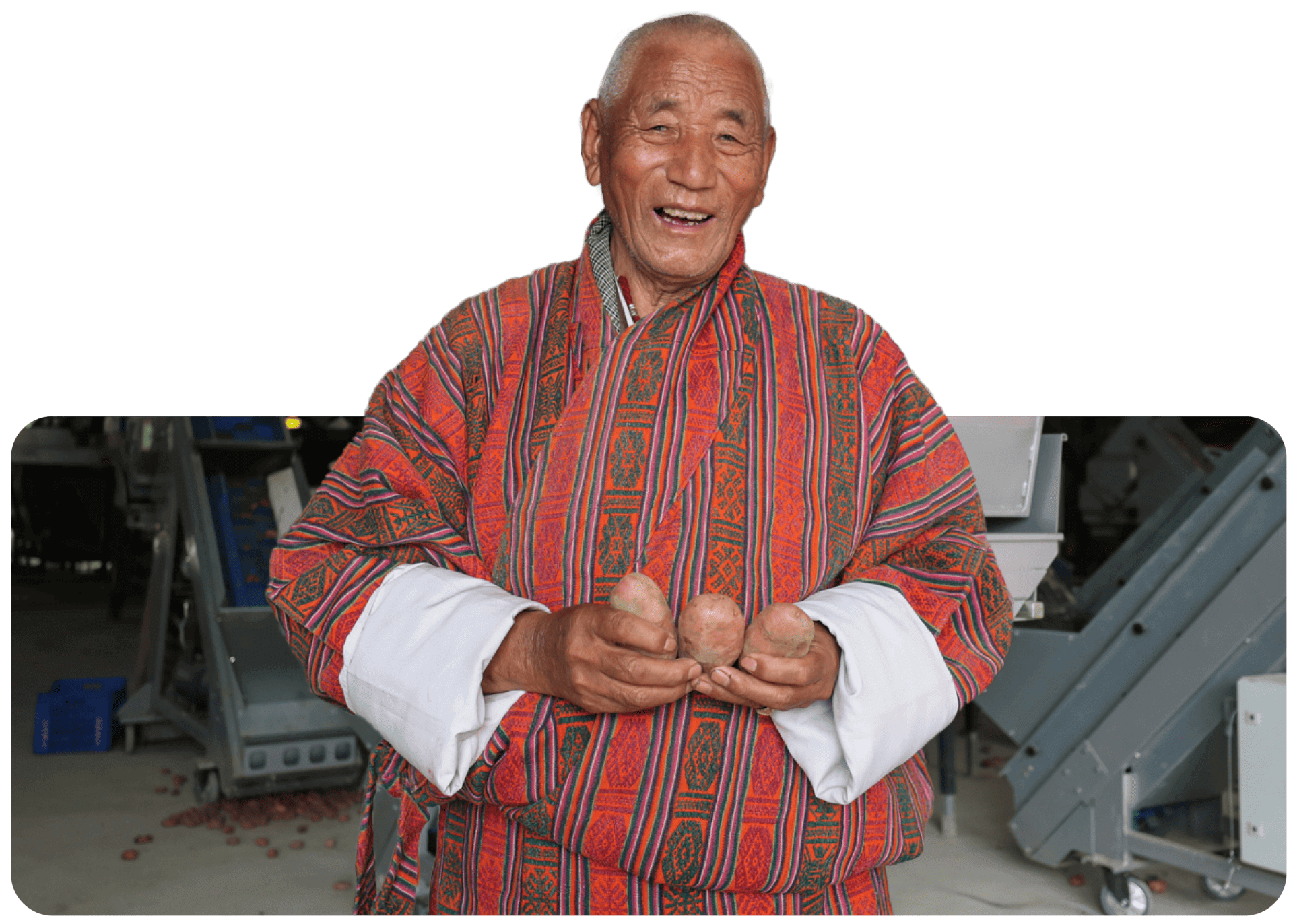
ONLINE AUCTIONING TRANSFORMS INDUSTRY
Golley is one of the hundreds of potato farmers saving time and money in central Bhutan thanks to a new digital auctioning system, part of a state-of-the-art centre established by the Food Corporation of Bhutan Ltd. with support from the Global Environment Facility’s Least Developed Countries’ Fund, UNDP and FAO. Photo: UNDP Bhutan / Karma Jamtsho

 English
English
